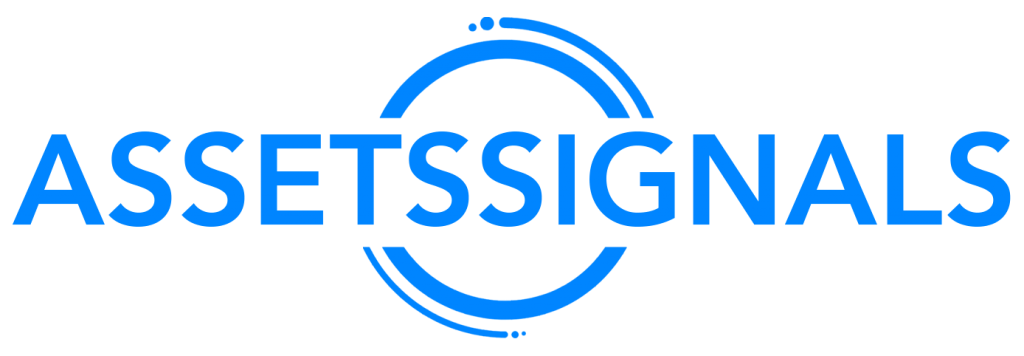The AUD/USD kicked into a 16-week high twice on Tuesday, climbing to 0.6632 early in the session despite a downside print in Australian Retail Sales. The Aussie (AUD) waffled back into the 0.6600 handle against the US Dollar (USD) before markets again rallied the AUD/USD into 0.6660. Australian October Retail Sales came in below expectations, printing at -0.2% versus the forecast 0.1% improvement, a steeper decline from September’s 0.9% increase. Reserve Bank of Australia (RBA) Governor Michele Bullock also hit newswires early Tuesday, noting that Australia’s inflation outlook looks similar to countries overseas. Governor Bullock also noted that the RBA has been on the cautious side on rate hikes, but stating that monetary policy remains restrictive and that rate hikes have dampened demand, blaming second-round inflation on high immigration.
Australian Monthly Consumer Price Index (CPI) figures for the year into October are due early Wednesday, and markets are expecting a slight decline of headline CPI inflation to 5.2% from September’s 5.6%. Later Wednesday could see markets hit some turbulence when US Gross Domestic Product (GDPO) figures land during the US market session. US GDP for the third quarter is expected to tick upward from 4.9% to an even 5.0%. The Aussie’s Tuesday rally brings the AUD/USD up over 0.6660, a 16-week high as the AUD shrugs off any bearish sentiment and plows higher against the USD.
The AUD/USD is up three-quarters of a percent from Tuesday’s opening bids and the Aussie remains the only major currency that is in the green against all other major currencies on the board. Tuesday’s rally sees the pair easily extending beyond the 200-day Simple Moving Average (SMA), and the long-term trend moving average is set to begin acting as technical support from just beneath 0.6600 if bullish momentum takes a breather. A pullback represents a very real risk of the pair collapsing back into the midrange near the 50-day SMA at 0.6425. Bullish breaks of the 200-day SMA have proven to be volatile, but short-lived in 2023, and with the RBNA firmly hobbled in place on rates it’s difficult to see the Aussie maintaining bullish momentum without external support.

